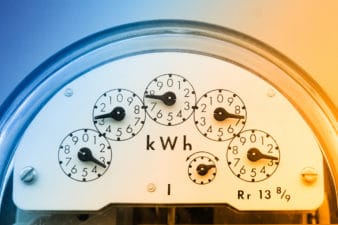Equifax Canada reports that consumer debt climbed to its highest level in the second quarter of 2020. The increase was 2.8% versus the same period in 2019, and the total outstanding debt is now at $2.3 trillion. The rebound in homes sales from May to July increased refinancing activity.
Non-mortgage debt, particularly credit card usage, dropped as a result of economic shutdowns. However, credit card spending started picking up in June. Although the savings rate went up sharply to 28%, the level of consumer debt, such as credit cards, is worth $779.4 billion. The fear now is that a wave of bankruptcies might emerge.
A disaster is waiting to happen if the level of household indebtedness keeps rising. Thus, if your debt load is also mounting, nip it in the bud to avoid insolvency.
Prevent insolvency
Millions of Canadians who lost jobs or income applied for various federal aid programs and took advantage of mortgage deferrals. Likewise, many eased their financial stress by resorting to credit payment deferrals. However, some didn’t spend the pandemic money but used it to pay debts instead.
If you were to pay down your debts, prioritize the ones with the highest interest. Paying the minimum is an option if resources are limited, but finance charges will add to your outstanding balance. You can consider consolidating your debts so that you can budgeting is more manageable with one amortization amount.
In your monthly budget plan, cut back on non-essentials as much as possible. The goal is to free up more cash after debt repayments. You can let your savings work for you and generate income support or boost your emergency fund.
Strengthen liquidity
If you have a view of a debt-free future and abundant liquidity, you should consider investing in Algonquin Power & Utilities (TSX:AQN)(NYSE:AQN) today. This $10.87 billion power generator and distributor is also a reliable income generator. The utility stock is trading at less than $20 and offering a 4.52% dividend.
Algonquin is over three decades old and still rapidly growing. Its natural gas, water and electricity generation, transmission, and distribution services are why the annual growth rate in the last five years was a stellar 17.39%. Part of the plan is to grow the dividend by 5-9% over the next five years.
The impact of COVID-19 on operations in the first half of 2020 wasn’t adverse. Algonquin’s total revenue fell by 1.5% compared with the previous year, while net earnings slid by 8.5% to $222.4 million. Its Renewable Energy Group proved resilient, as the diversified generation fleet is mostly contracted.
Expect Algonquin’s growth to snowball, given the projects in the pipeline that includes a partnership with Chevron USA. The two parties will co-develop the renewable power projects in the U.S. Permian Basin, Argentina, Kazakhstan and Western Australia. The construction of the projects under the four-year agreement will start in 2021.
Precautionary step
The pandemic is likely to be prolonged, along with the financial crunch. If you have sufficient income, pay down debts instead of obtaining new ones. By taking this precautionary step, you can move away from the edge of insolvency.








